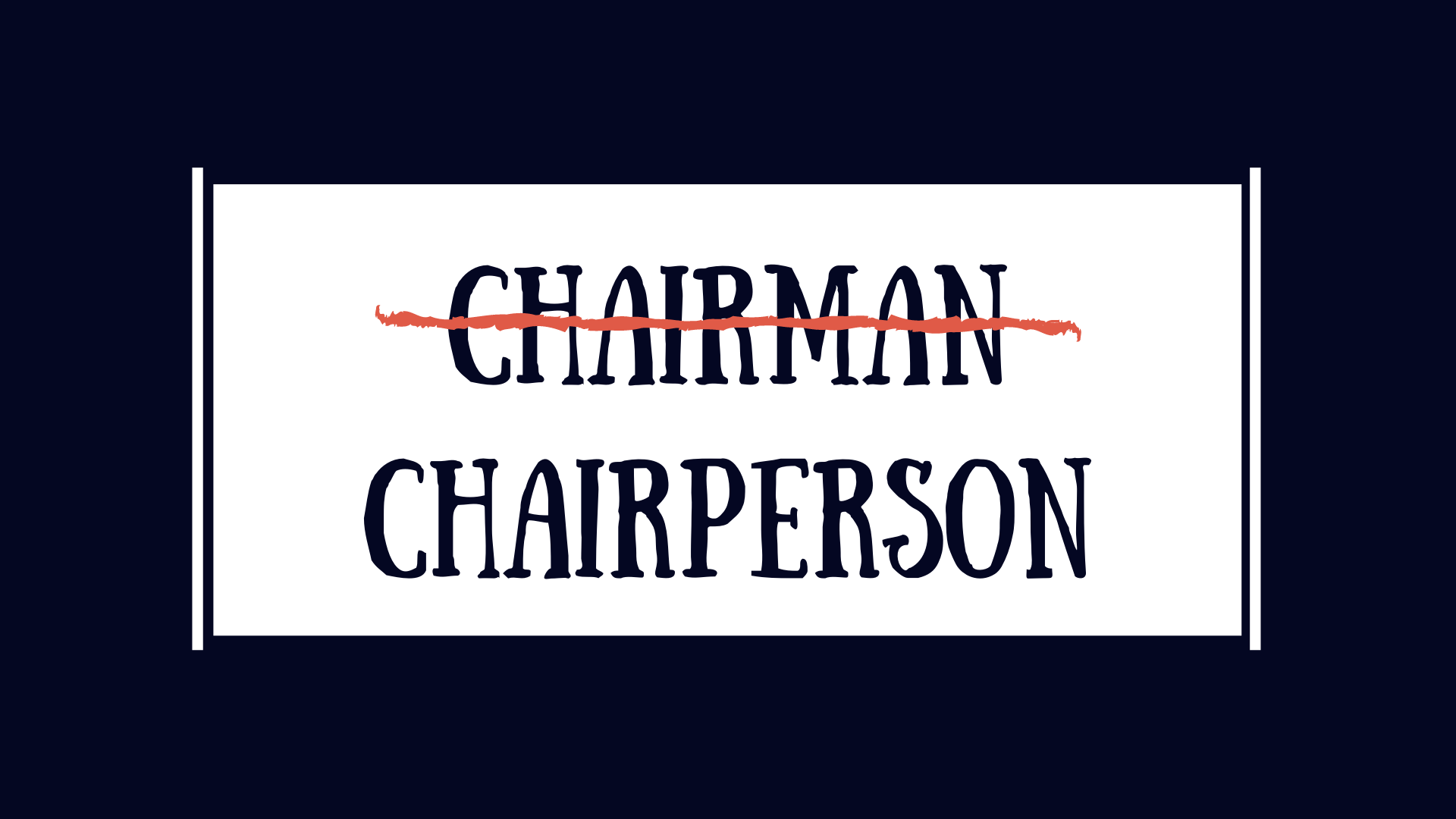Divine laws were given unto “man” and “man-made” laws continued the practice, inter alia, by the unabated use of language which remained gender biased. The primary reason for this is that even today, society continues to be centred around the “man”– it continues to be a patriarchal society.
A priori when it comes to drafting laws, the legislatures of many countries which were and even now continue to be dominated by men, use language which is more appropriate to the majority gender occupying these institutions. However, since the late 1980s, the trend has been to move towards a gender neutral language, generally, which was heralded by the UNESCO when in 1987 it published the first edition of the “Guide to Non-Sexist Language”. This, and subsequent efforts of UNESCO have concentrated on the use of gender neutral language with a view to promote inclusiveness and eliminate the inequality between the binary genders. Unfortunately, the non-binary genders have been left out of its fold.
Here, I assert, in so far as India is concerned, the parliament, State legislatures, and local authorities, must ensure that the language of laws is gender neutral, keeping in mind the non-binary genders as well. As a State whose constitution sees all its citizens as equals, it must do all that is required to eliminate the inherent “maleness” in the language of its laws which typically use male pronouns (he/him/his) and gendered generics (chairman).
While it is conceivable that the flexibility offered by the English language may not be available in vernacular languages, attempts must be made to make the language gender neutral for a myriad of reasons which are elaborated below. However, one must understand that this is a necessary but an inadequate tool to achieve gender equality. One may even categorise this as linguistic affirmative action, but by itself it only supplements and should not be seen as supplanting other affirmative actions.
A layperson reading a law including the supreme law of our land, i.e. the constitution, is more likely to encounter use of male pronouns and male terms (like chairman). While there has been departure to some extent (whether deliberate or by chance) as is reflected in certain amendments to the constitution (see Articles 243C, 243D, 243R, 243S, 243T, 243ZD, 243ZE, 338 and 338A) and legislations like the Consumer Protection Act, 2019 (which repealed the Consumer Protection Act, 1986), in which the word ‘chairperson’ is used as opposed to ‘chairman’, when it comes to pronouns, the law is still male-centric.
Also read: How Gendered Language Enforces Patriarchy
This by itself is an affront to members of other genders since the law refuses to recognise these individuals and their genders and proceeds on the age-old definition or disclaimer that the use of male pronouns includes within its fold female pronouns. Today, we have, after an enormous delay, and years of sustained movement, begun the process of dismantling the gender binary (and succeeded to an extent). Hence, it is all the more necessary to ensure that the language of law is all inclusive.
To understand why we must promote the use of gender neutral language in our laws, we need to understand the drawbacks and perils of continuing to use male pronouns and male designations and descriptions:
i) it is discriminatory;
ii) it perpetuates gender-stereotypes (like firefighters, police officers, are presumed to be males and therefore generally referred as fireman and policeman);
iii) it has a negative influence on shaping of cultural and social attitudes.
While the contribution of use of such language in perpetuating inequality and promoting a patriarchal society may not be direct and significant, it still ought to be minimised.
Laws on gender-neutral language
Language is not only a means to express oneself but also a means by which our thinking is shaped. We must, therefore, attempt to use language to reflect topical ideas. Karen Busby minced no words when in her essay, ‘The maleness of legal language’, wherein she said, “legal discourse systematically excludes, devalues, trivialises and ignore women”. Unfortunately, three decades later, these words are still true and are equally applicable to non-binary genders. Therefore, the present time is apposite to undertake the exercise of making the language of our laws gender neutral. This will go a long way in making laws more inclusive and non-discriminatory. Laws which are to apply to all persons, should, for this reason alone be gender neutral.
Gender neutral language is also more functional in as much as it is clear, precise, and unambiguous, leaving little to no room for doubt in their interpretation. When the law itself is expressed in a gender neutral tenor, it not only reflects the principle of equality enshrined in our constitution but reaffirms the sense of ownership in persons of all genders with regards to the laws made for them. Stepping away from the maleness of the language of laws will also assist in breaking down the male lens through which laws are viewed as also in attacking the patriarchal motif pervading our laws. Finally, gender neutral language reinforces the belief that all genders are equal in the eyes of law.
To the question of how this can be achieved: it requires a policy change which can only be brought about by the government. To break away from a norm which has no good reason to be followed only requires guidelines to be provided to the drafters of our laws. The leading guides on the subject (although restricted to binary genders) is the British Columbia Law Institute’s essay ‘Gender Free Legal Writing’, UNESCO’s ‘Gender Equality Guidelines for UNESCO Publications’ and the United Kingdom’s Parliamentary and Government Legal Department’s ‘Guide to Gender Neutral Drafting’. At an individual level, in our communications, we can, and we must, unless required avoid the use of gendered pronouns, and gendered generics unless absolutely required.
Rhythm Buaria is an advocate practicing before courts and tribunals in Delhi.
Featured image credit: janjf93/Pixabay; Illustration: LiveWire

